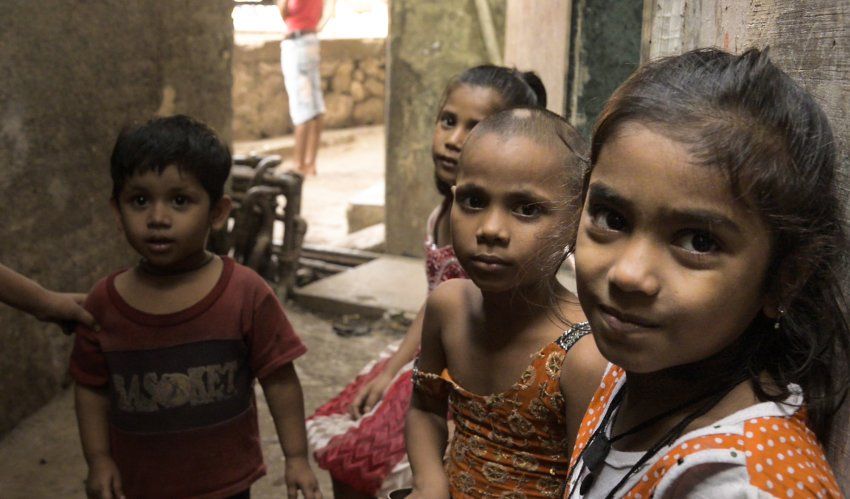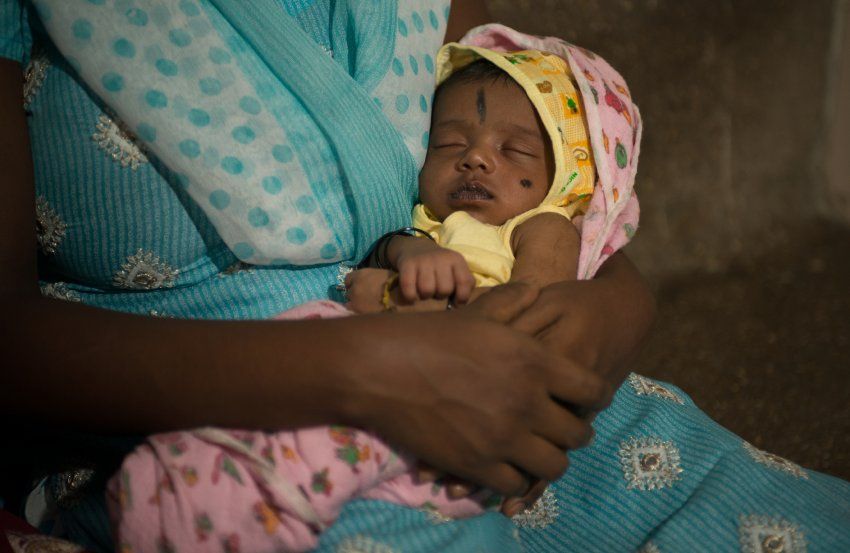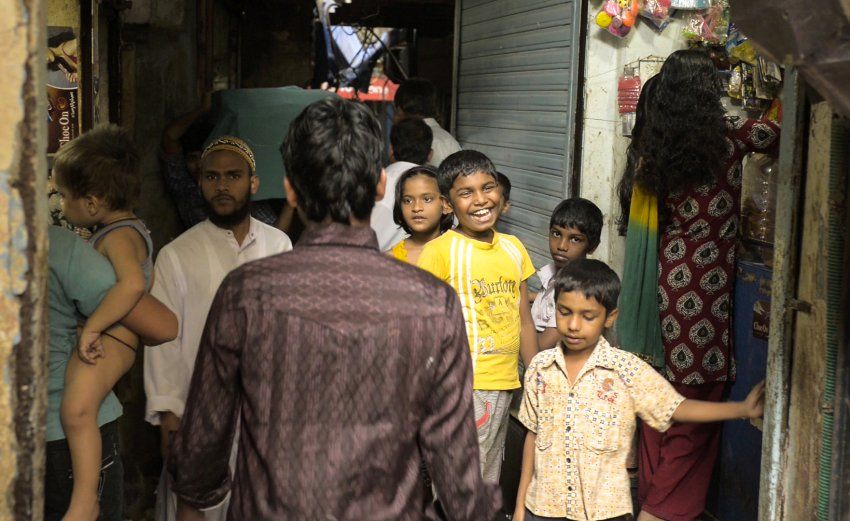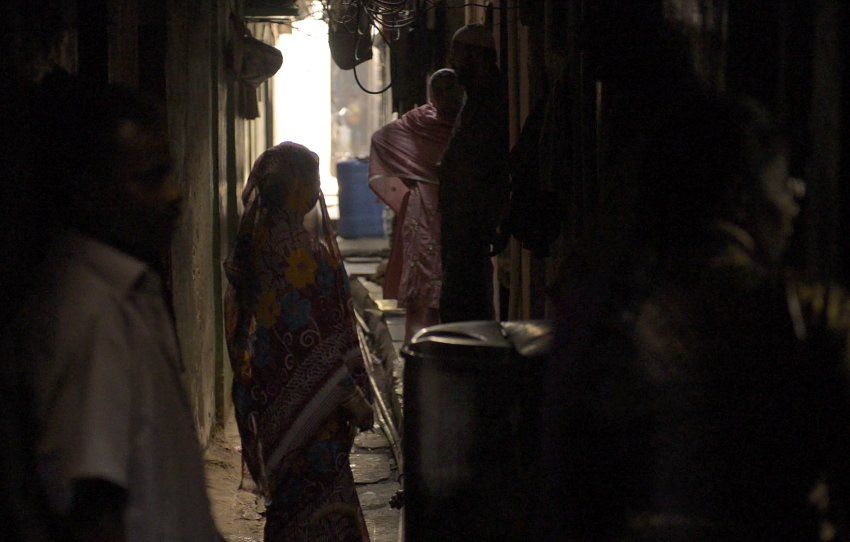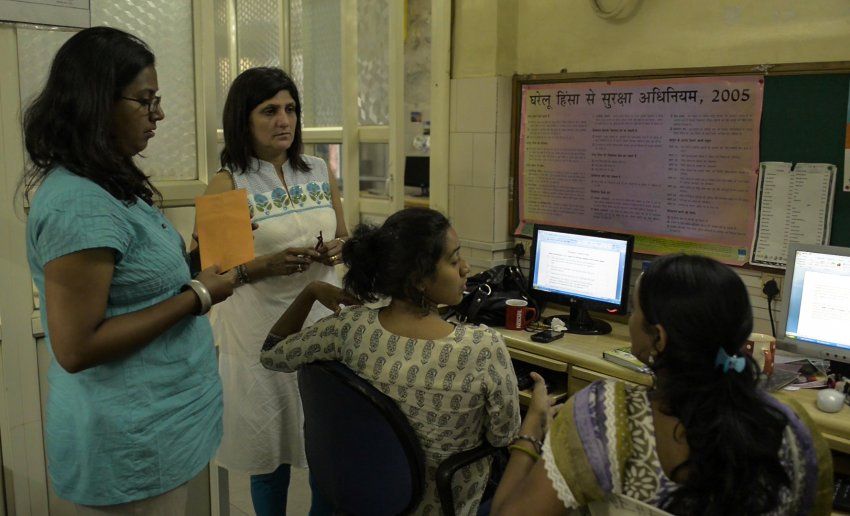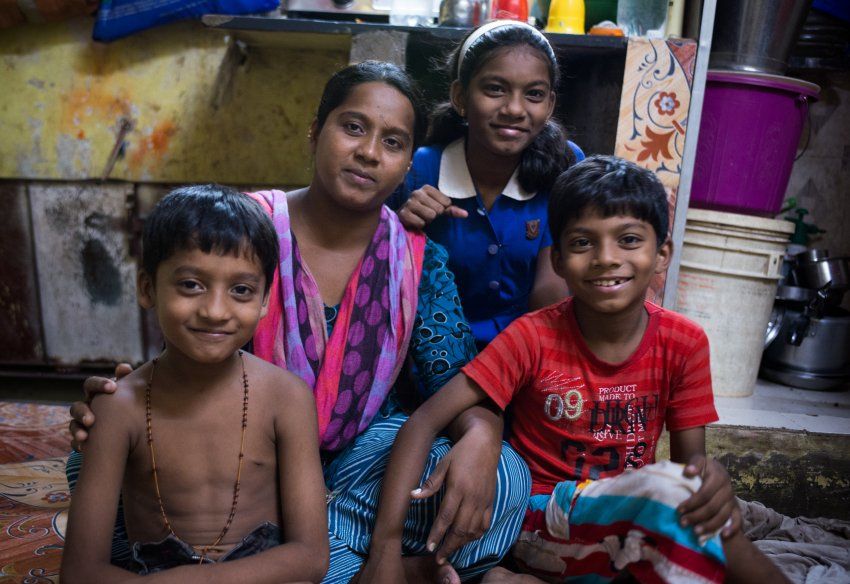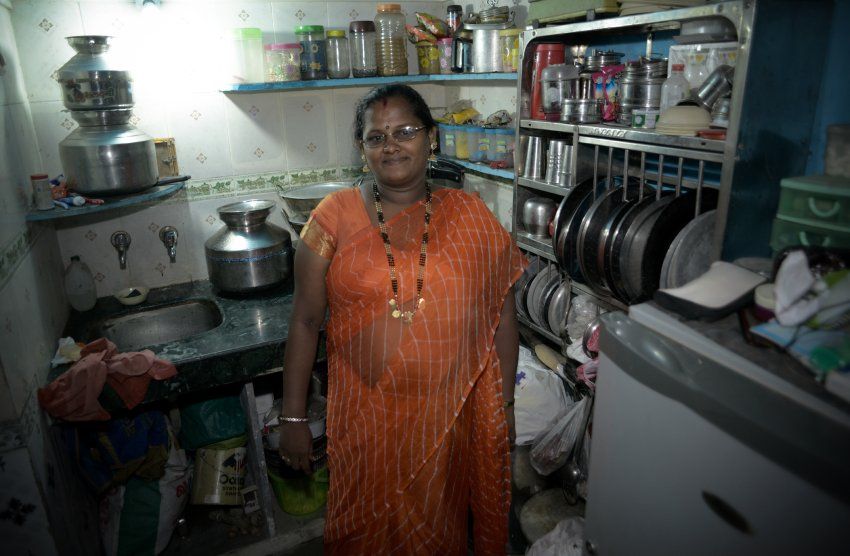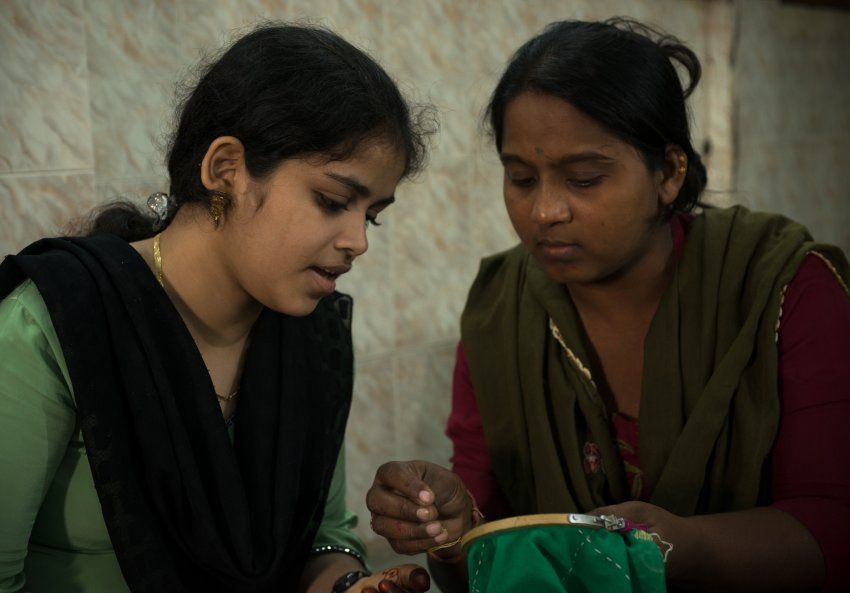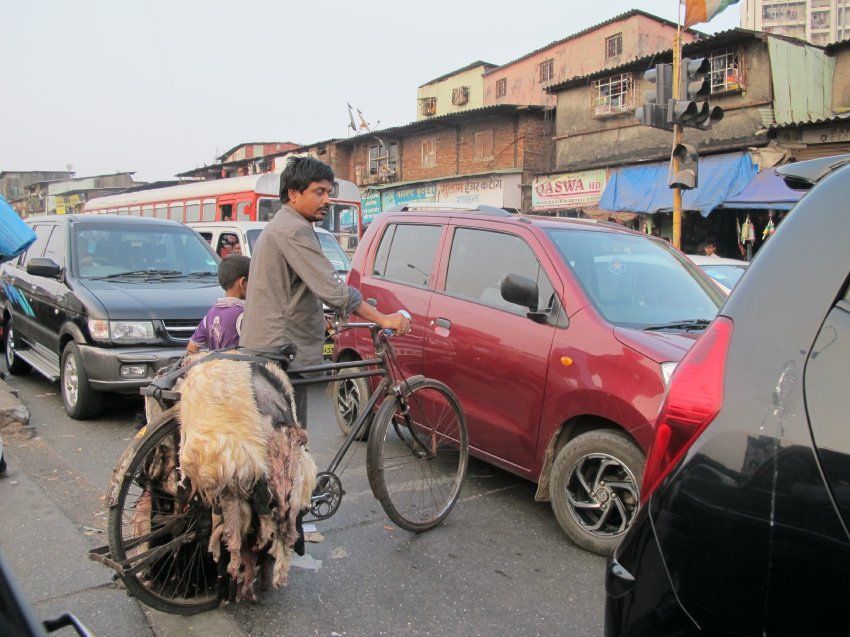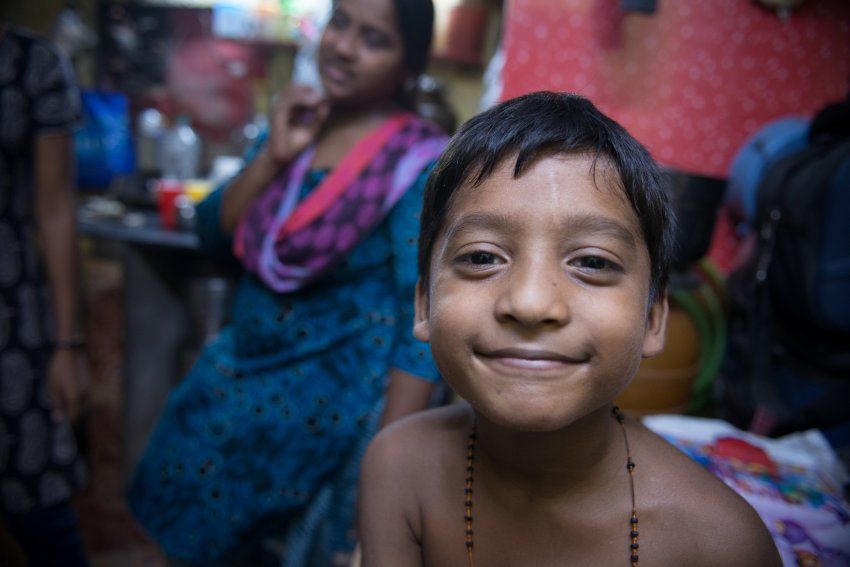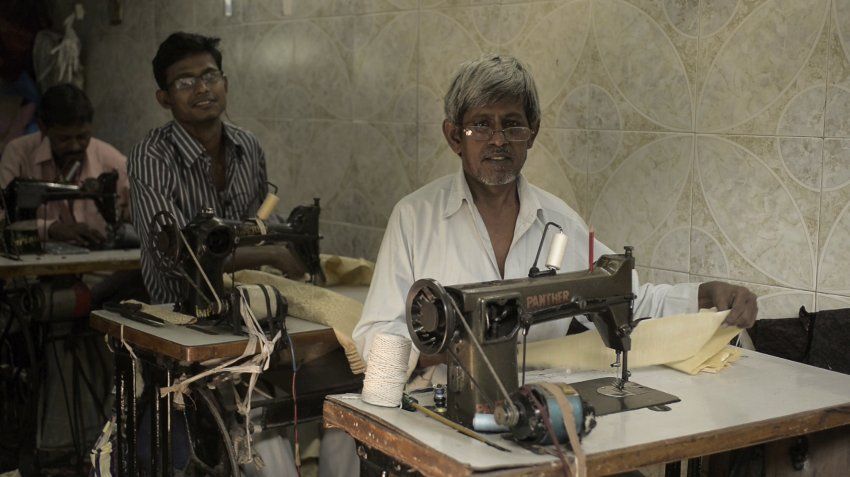March 26, 2013 | Spiegel Online
Editor's note: This gallery of photographs by Pulitzer Center grantee Carl Gierstorfer originally appeared in Der Spiegel under an assumed name for security reasons. Captions were translated to English by Katherine Doyle.
In India, where female fetuses are aborted by the thousands, violence percolates all through a woman's life. These images were taken in Dhavari, a Mumbai slum, where oppression is so commonplace that it frequently goes unnoticed. Follow this link to view the original story and photo gallery in Der Spiegel (In German).
